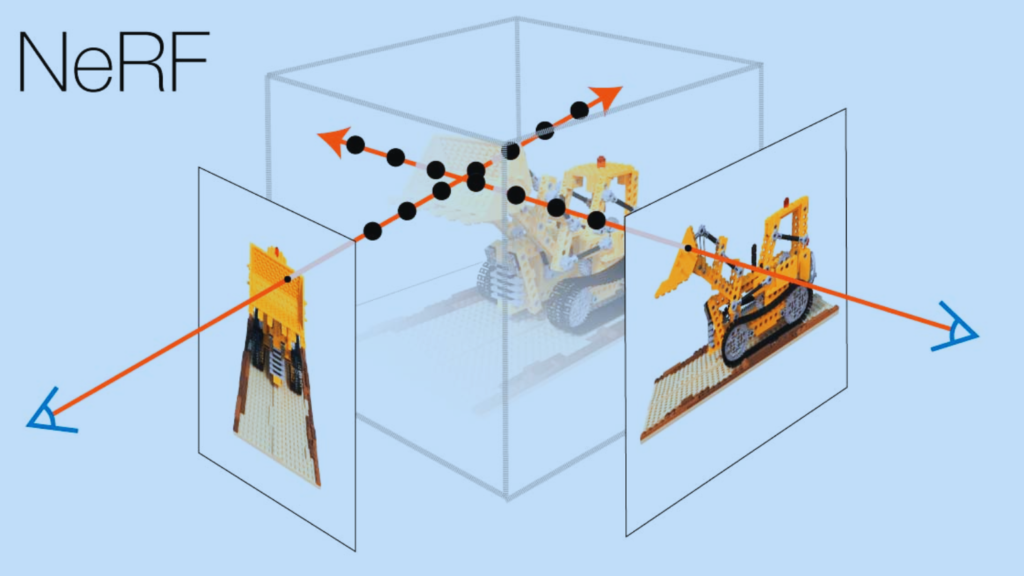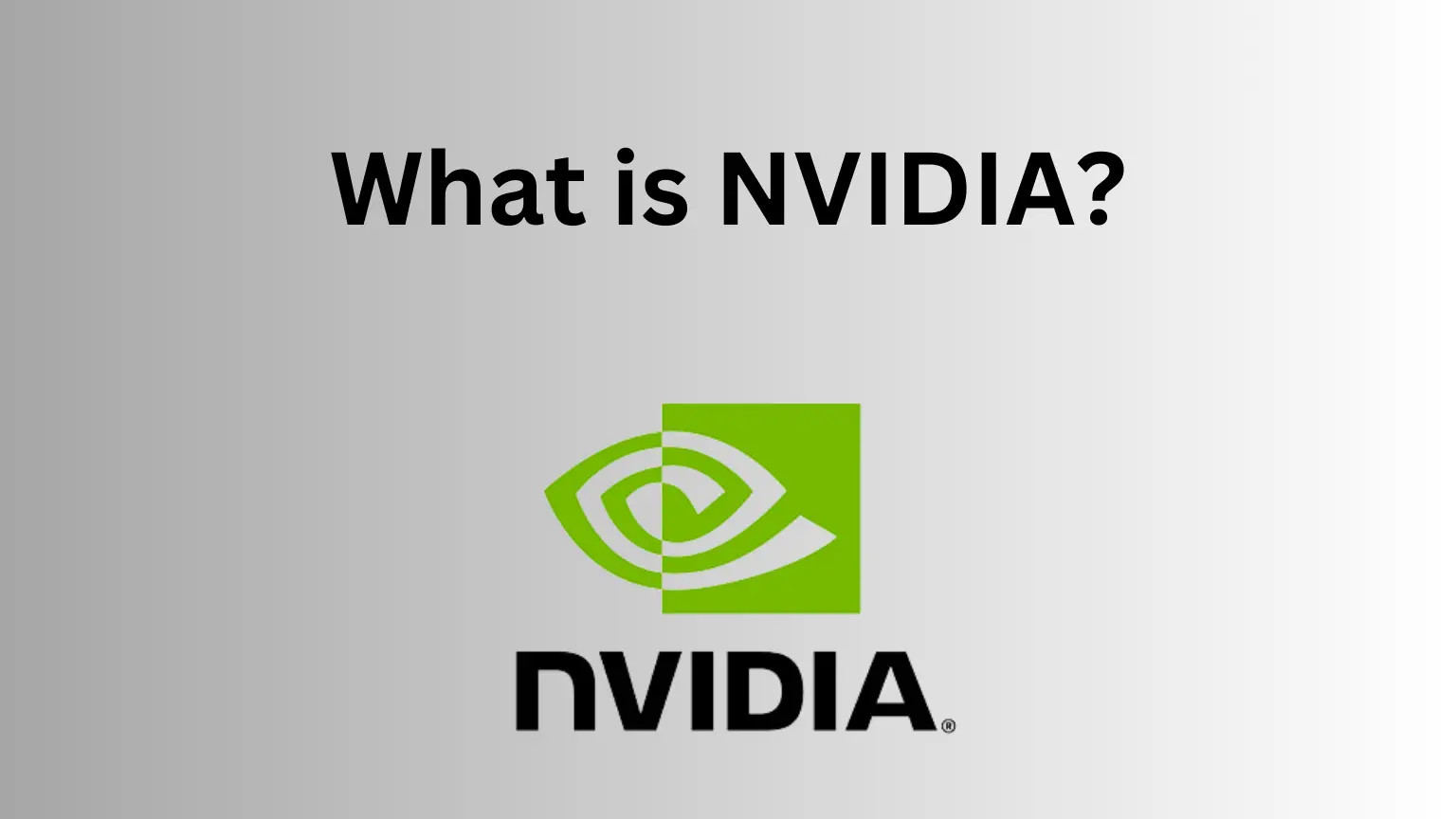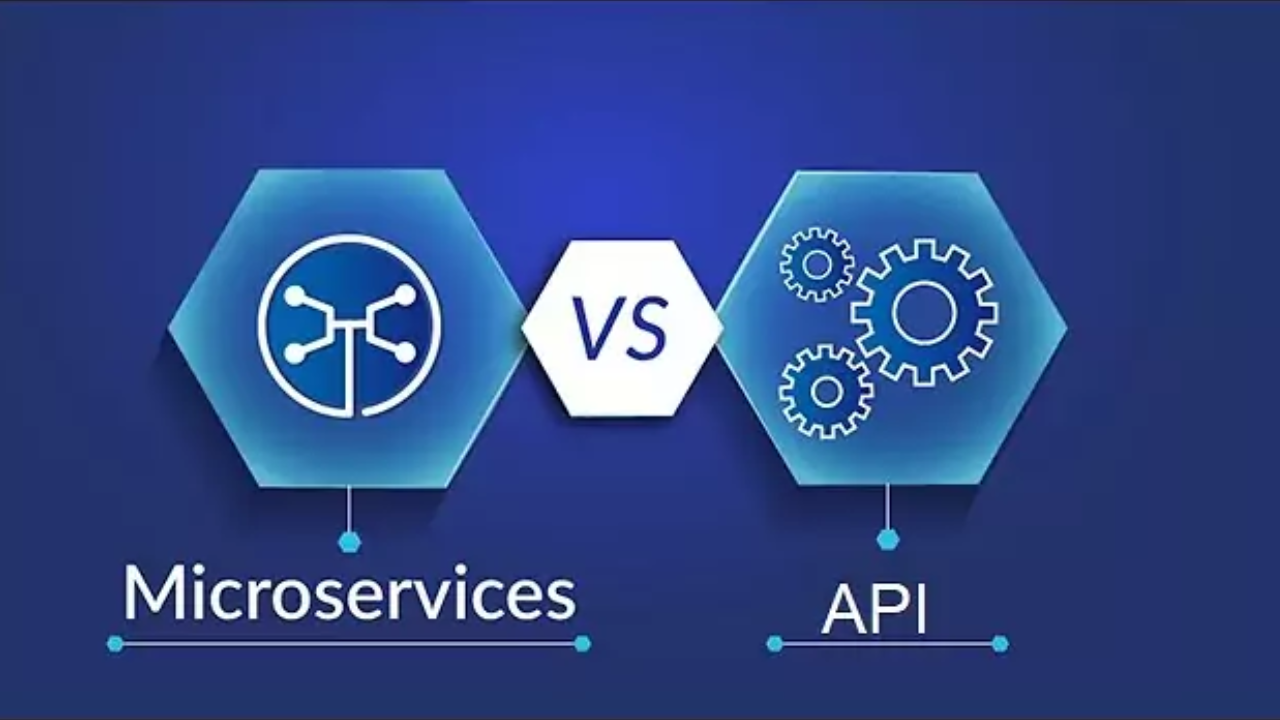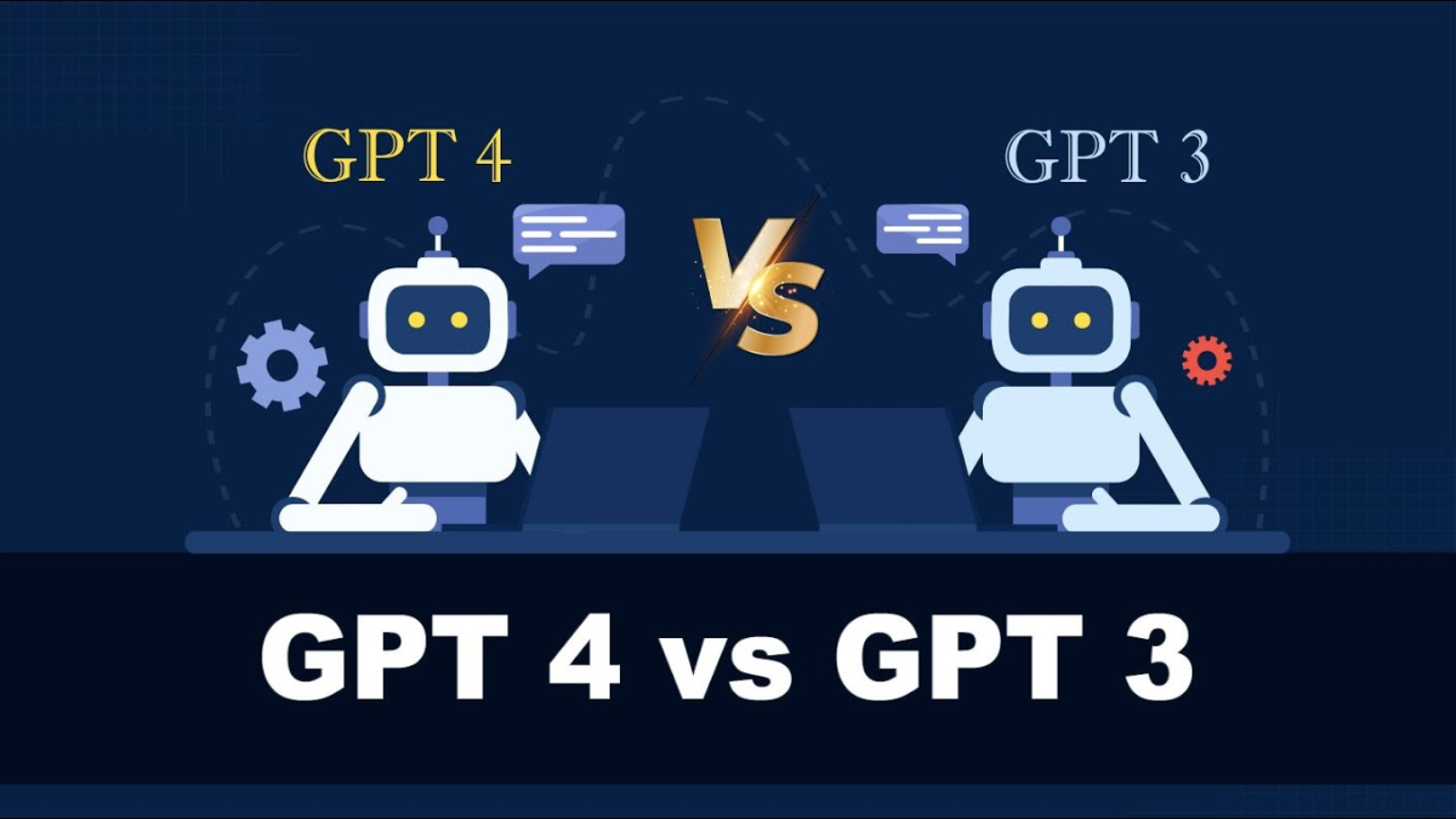Understanding NeRF: The Neural Radiance Fields
NeRF is an acronym for Neural Radiance Fields, an AI-based approach to 3D image rendering. The crux of this model lies in its ability to use a neural network to learn. It can learn a continuous volumetric scene function from a sparse set of 2D images.
Bayesian Network vs Neural Network
This function maps a 3D spatial location (along with a 2D viewing direction) to a color and opacity. This results in highly detailed and photorealistic 3D structures.

The Intriguing Story Behind NeRF
The development of NeRF was a response to the challenges of 3D rendering. The traditional methods, while effective, were computationally intensive. That’s because the resulting images often lacked photorealistic details. These limitations spurred researchers at Google Research to propose a novel approach—NeRF.
The NeRF paper, titled “NeRF: Representing Scenes as Neural Radiance Fields for View Synthesis,” was released in March 2020.
The paper elaborated on how NeRF deploys a fully connected deep network (a Multilayer Perceptron). It discusses how NeRF uses Multilayer Perceptron to model the volumetric scene. It introduced a technique that drastically reduced the computation required for rendering. And thus, it is improving the quality of the 3D structures produced.
Why is NeRF Famous?
NeRF garnered attention in the AI community due to its novel approach to a long-standing challenge. The system’s capability to produce high-quality, detailed 3D models from a small set of 2D images was groundbreaking.
NeRF’s fame can be attributed to several of its attributes.
Firstly, it delivers exceptional detail by modeling fine structures and complex illumination effects such as reflections and shadows. Secondly, NeRF significantly cuts down the computational cost associated with traditional 3D rendering. Lastly, its flexibility enables it to handle various scene types, including indoor and outdoor environments. This feature perfectly works for both artificial and natural structures.
The Global Impact of NeRF: Which Country Made It?
NeRF is universally applauded but its creation can be credited to researchers from Google Research in the United States. Their ground-breaking work has revolutionized 3D image rendering. In doing so, it has inspired researchers worldwide to explore new applications and enhancements to the technology.
The Significance of the NeRF Paper
The NeRF paper is pivotal in the world of AI and computer vision. It is in this document that the method of leveraging neural networks for 3D rendering was first proposed. The paper meticulously presents the innovative process. It starts from the construction of the neural network to the techniques used for sampling and optimizing the model.
The NeRF paper holds a significant place in AI literature due to the radical shift it proposes in the methodology for 3D rendering. The novel approach, combined with the potential for wide-ranging applications, makes the paper a must-read for anyone. It’s groundbreaking for people involved in AI computer vision, and 3D rendering.
Conclusion
The development of Neural Radiance Fields (NeRF) represents a significant step forward in the field of 3D image rendering. Its unique methodology uses AI to transform a small set of 2D images into highly detailed, photorealistic 3D structures. And thus, it’s fundamentally changing the way we approach 3D rendering.
Despite its newness, NeRF continues to make waves in the AI community, inspiring new research. The journey of NeRF, as detailed in the NeRF paper, showcases how innovative thinking can be coupled with AI. It can revolutionize established processes and open new avenues for technological advancement.
What does NeRF stand for in the context of AI and 3D rendering?
NeRF stands for Neural Radiance Fields. It’s an approach that utilizes a neural network to learn a continuous scene function from a sparse set of 2D images for creating detailed and photorealistic 3D structures.
Why has NeRF gained popularity?
NeRF gained popularity because it addressed long-standing challenges in the 3D rendering field. It significantly reduces computational costs associated with 3D rendering It delivers exceptional detail and handles various scene types efficiently, producing high-quality, detailed 3D models from a minimal set of 2D images.
Can you provide some insight into the story behind NeRF?
NeRF was developed by researchers at Google Research to address the limitations of traditional 3D rendering methods. The NeRF paper, released in March 2020, presented this novel approach. It explains how a Multilayer Perceptron, a fully connected deep network, could be used to model the volumetric scene. And how it can drastically reduce computation requirements and improve 3D structure quality.
Which country is credited with the creation of NeRF?
NeRF was created by researchers from Google Research, based in the United States. Their work has had a global impact, inspiring researchers worldwide to explore new applications and enhancements to the technology.
What is the significance of the NeRF paper?
The NeRF paper is significant because it introduced the concept of using neural networks for 3D rendering. It meticulously outlines the innovative process, from building the neural network to the techniques used for sampling and optimizing the model. Thus, marking a paradigm shift in the approach to 3D rendering.
How does NeRF contribute to 3D rendering?
NeRF contributes to 3D rendering by using a neural network to learn a continuous scene function from a sparse set of 2D images. This method allows for the creation of highly detailed and photorealistic 3D structures. It enables modeling fine structures and complex illumination effects like reflections and shadows.
How does NeRF handle various scene types?
NeRF’s flexibility allows it to handle a variety of scene types efficiently. It can deal with indoor and outdoor environments and both artificial and natural structures. And while doing so, it produces high-quality 3D models from a small set of 2D images.
How does NeRF affect the computational cost of 3D rendering?
NeRF significantly reduces the computational cost associated with traditional 3D rendering. It uses a neural network to learn a scene function from a sparse set of 2D images. NeRF reduces the amount of processing power required, making it a more efficient solution for 3D rendering.

















